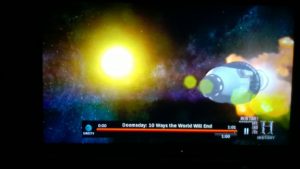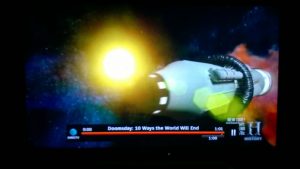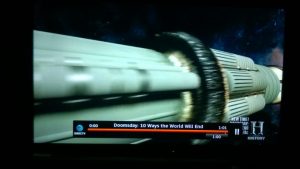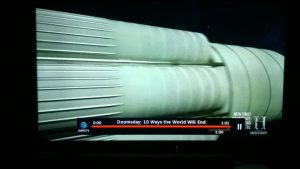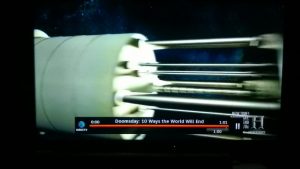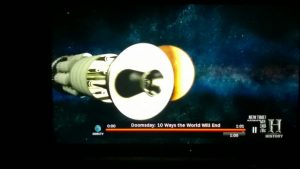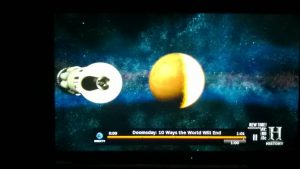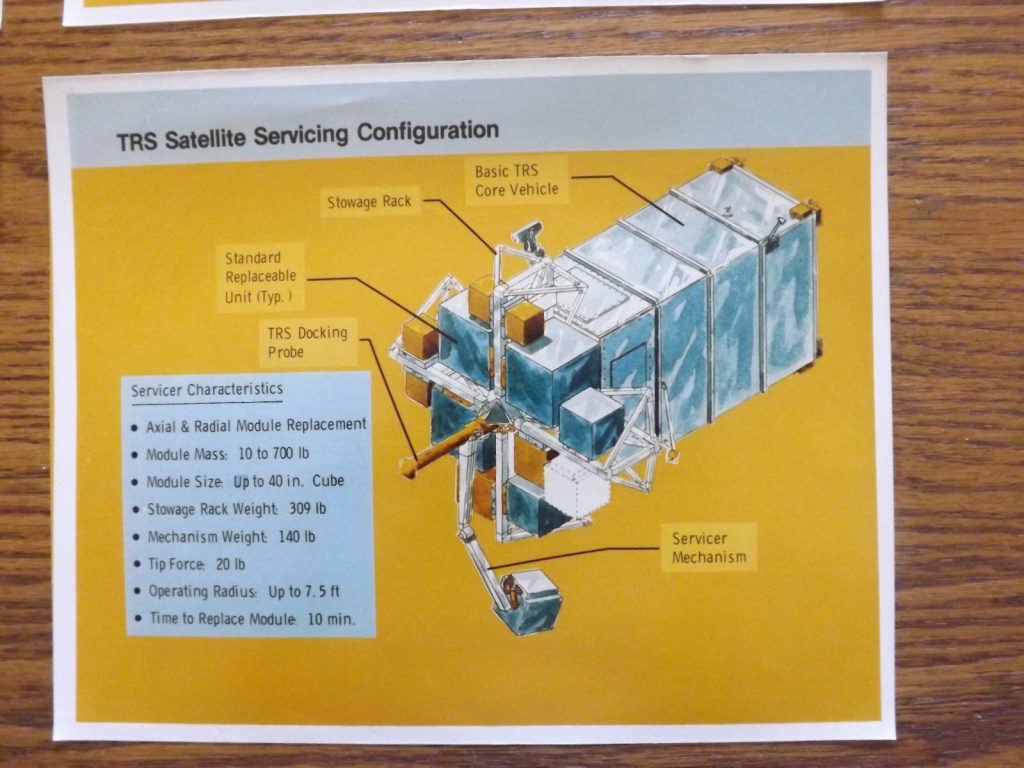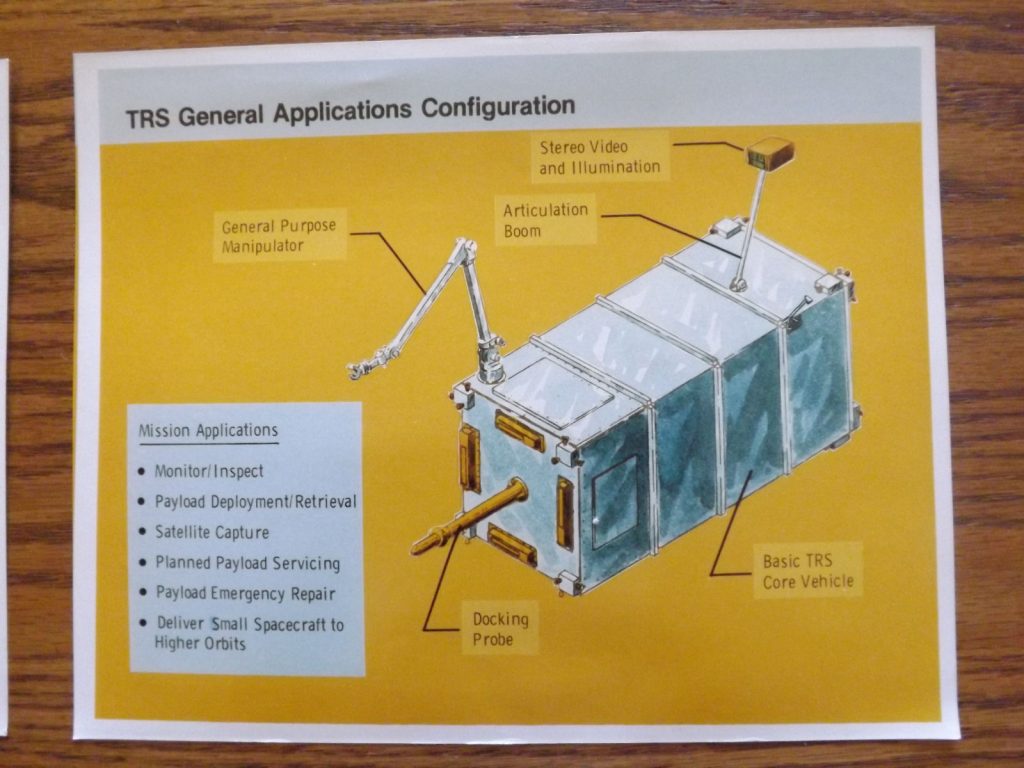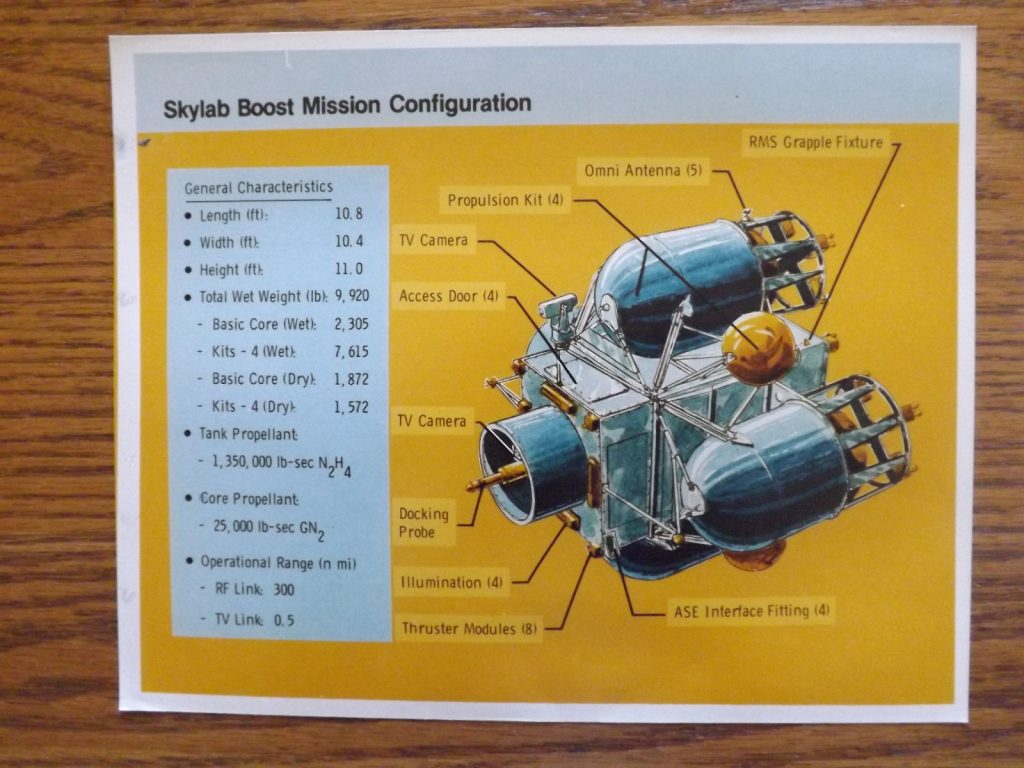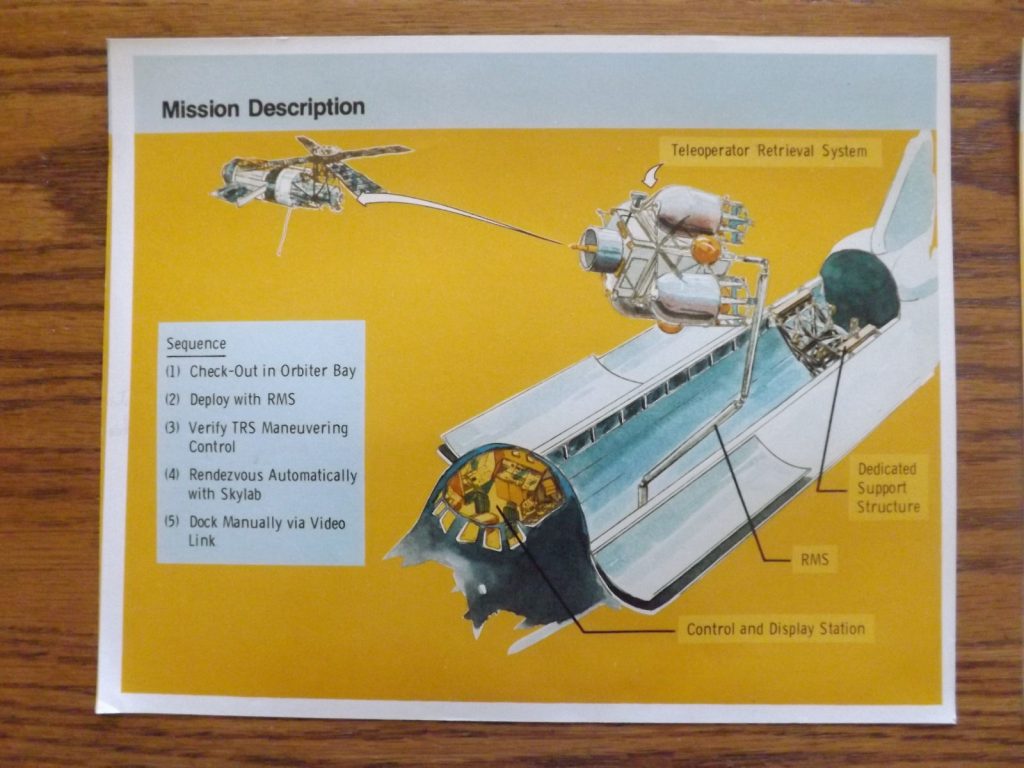Some interesting things seem to have come out. These haven’t been officially confirmed so far as I know, but interesting nonetheless:
Details from Elon’s speech at the NRO
“We are close to figuring it out. It might have been formation of solid oxygen in the carbon over-wrap of one of the bottles in the upper stage tanks. If it was liquid it would have been squeezed out but under pressure it could have ignited with the carbon. This is the leading theory right now, but it is subject to confirmation. The other thing we discovered is that we can exactly replicate what happened on the launch pad if someone shoots the rocket. We don’t think that is likely this time around, but we are definitely going to have to take precautions against that in the future. We looked at who would want to blow up a SpaceX rocket. That turned out to be a long list. I think it is unlikely this time, but it is something we need to recognize as a real possibility in the future.”
Two things here.
- The helium pressurant bottles are carbon fiber overwrapped and sit *inside* the liquid oxygen tank. The LOX on the upper stage was sub-cooled… it wasn’t “just below boiling,” it was “just above freezing.” Keeping the LOX as cold as possible keeps it as *dense* as possible, meaning you can squeeze that much more in the tank. Which is fine… except if you blow down any helium in those tanks, due to the laws of thermodynamics the helium in the helium tank will cool off. Which means the wall of the helium tank will cool off. And any liquid oxygen in contact with the tank, or even soaked in between the carbon fibers, already close to the freezing point, may freeze solid. Solid oxygen in among carbon fibers… not a good idea.
- The failure of the Falcon 9 on the pad can be replicated by shooting it with a rifle at long range. In the comments at that Reddit posting, people who are apparently SpaceX employees say they know this because they shot a mockup. And perhaps even more interestingly, they could replicate the results by shooting *at* the rocket… not necessarily by actually hitting it. This would seem to indicate, perhaps unsurprisingly, that the shockwave shed by a presumably big and fast projectile scooting past the fragile outer skin of an upper stage is enough to send a shock into the stage. The shock hits the solid oxygen ice/carbon mixture and *blammo.*
Hmm. As Elon apparently said, they have a long list of groups that would like to see them fail. Competing American launcher companies. Competing European, Russian, Chinese launcher companies. Antagonistic foreign national governments. Religious nuts. Australian anti-STEM trolls. Generic whackjobs. SpaceX had best step up their security game. And about the only way to do that in this case is to make sure that they control all the territory out to probably two miles from the launch site.
If the upper stage can be made to fail like this due to the passage of a bullet *near* it, that may indicate that the marksman was really, really good. It’d no doubt be childs play for a well trained sniper to hit the upper stage. Compared to a human, it’s *huge.* But if you put a bullet through the stage, no doubt there would be considerable forensic evidence left over. The outer skin with a bullet hole would be pretty obvious. The interior components with bullet holes, or scrapings of copper, lead, tungsten where none should be. But if you can successfully pass a bullet within an inch or two of the surface without actually hitting anything… no evidence of the bullet will be left behind. But that’d be an impressive shot, which would *probably* tend to eliminate generic nuts and religious whackos from the list. Someone would have had to have employed a real pro, which means hiring someone really expensive or employing a pro already in your service.
It would be advisable to add a sensor network around the launch facility. Millimeter wave radar can pick up a bullet; audio sensors can nail down the location of the shot. These won’t save your rocket, but they’ll tell you what happened, and if the system is fast enough allow either counter-battery fire or perhaps the unleashing of drones, droids or security guards.
This sort of thing kinda plays into the ideas floated a few days ago re: hurricane Matthew. More launch options means you could get away from people trying to blow up your business.
Most likely it’ll turn out to be a mundane sort of failure. But the fact that after some practical testing they’ve not only *not* discounted sabotage but have actually found evidence *supporting* that explanation, is a bit distressing.


